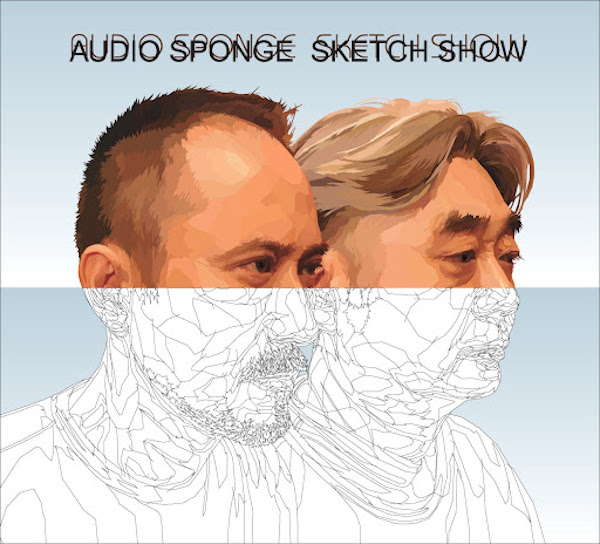Thank you for the fine article -- despite the 7-star (7-notch? 7 line?) ratings these records appear to be right up my street, Unfortunately the street ends in poverty if I keep buying as I have recently.
In any case, Sir, you still need to check out (and, ideally, review) Hosono House. It's superb and so very different from his other work that you'll find it refreshing and a bit jarring at the same time.

























































